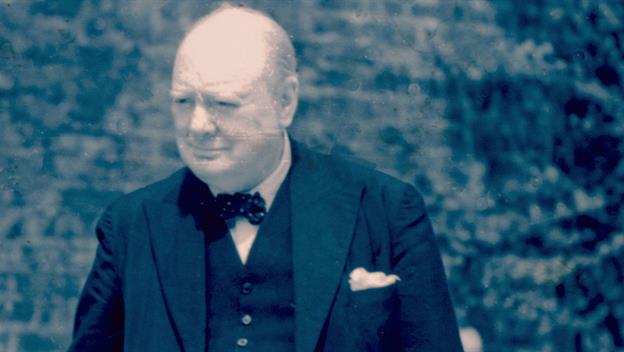MARSHALL PLAN

The Marshall Plan, also known as the European Recovery Program, channeled over $13 billion to finance the economic recovery of Europe between 1948 and 1951. The Marshall Plan successfully sparked economic recovery, meeting its objective of ‘restoring the confidence of the European people in the economic future of their own countries and of Europe as a whole.’ The plan is named for Secretary of State George C. Marshall, who announced it in a commencement speech at Harvard University on June 5, 1947.
At the time, Americans perceived the plan as a generous subvention to Europe. The Soviet Union, however, viewed the Marshall Plan as an attempt to interfere in the internal affairs of other states and refused to participate. Ultimately, the Soviets prevented Poland and Czechoslovakia from taking part, despite their eagerness to do so.
Revisionist historians have challenged the assertion that the plan represented American altruism. They have argued that the export of dollars to Europe kept the United States from backsliding into depression by providing a market for U.S. capital goods. The Marshall Plan, according to revisionists, allowed the United States to remake the European economy in the image of the American economy.
The plan promoted European economic integration and federalism, and created a mixture of public organization of the private economy similar to that in the domestic economy of the United States. This reorganization of the European economy provided a more congenial environment for American investment.
The Reader’s Companion to American History. Eric Foner and John A. Garraty, Editors. Copyright © 1991 by Houghton Mifflin Harcourt Publishing Company. All rights reserved.



No comments:
Post a Comment
Please leave a comment-- or suggestions, particularly of topics and places you'd like to see covered